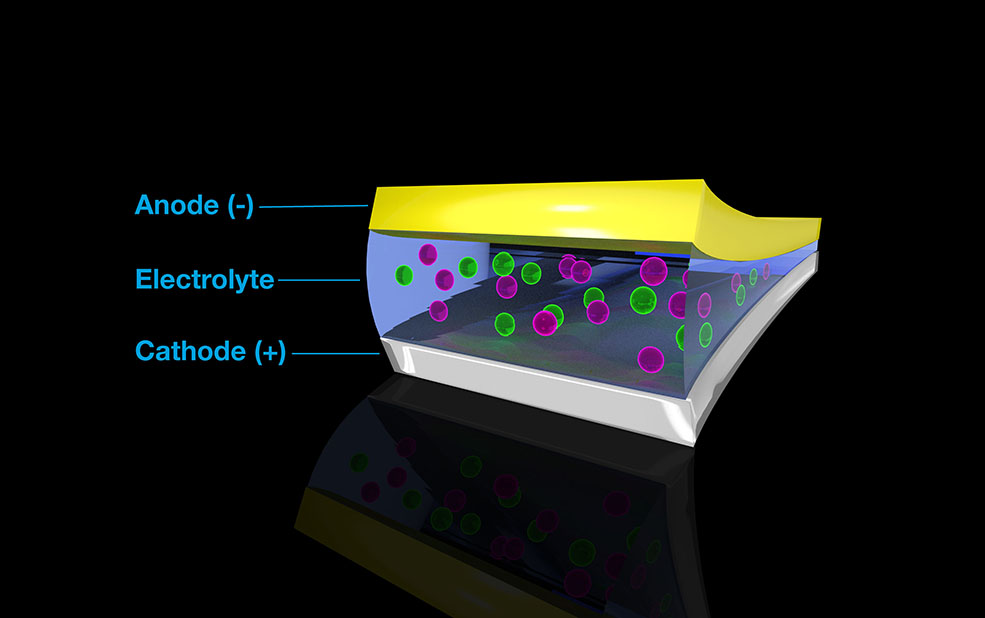
Capturing Energy Flow in a Plasma by Measuring Scattered Light
First measurements of heat flux in plasmas experientially sheds light on models relying on classical thermal transport.

First measurements of heat flux in plasmas experientially sheds light on models relying on classical thermal transport.

Antiquark spin contribution to proton spin depends on flavor, which could help unlock secrets about the nuclear structure of atoms that make up nearly all visible matter in our universe.

A precision measurement of the proton’s weak charge narrows the search for new physics.

With user facilities, researchers devise novel battery chemistries to help make fluoride batteries a reality.

Storing extremely slow neutrons in a novel trap enables precise measurement of a basic property of particle physics.

Insights into how nature converts carbon dioxide into sugar could help scientists develop crops that produce fuels and other products.

Scientists observe and control molecular and atomic dynamics at the fastest timescales to date.

Even a single species of bacteria can positively affect soils and plants, improving and even enabling agriculture in semi-arid areas.

First-of-a-kind study advances understanding of microbial and viral communities involved in biomass breakdown.

Scientists reveal the importance of an amino acid that supplies energy and protection for microbial communities deep underground.

Scientists show metabolic tradeoffs result from a specific change to the grow-defend balance.

Research offers details on the chemistry of the trihydrogen ion.